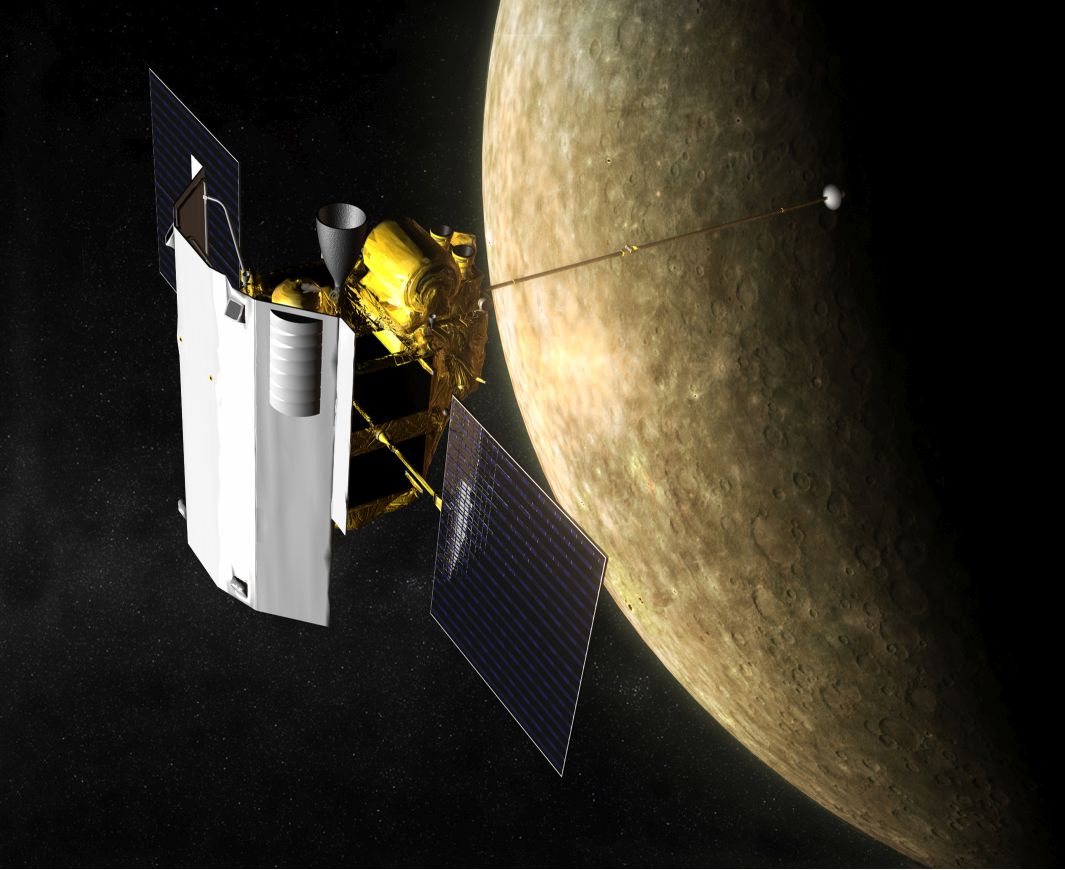
The coming of the New Year is a time for celebration and reflection on past accomplishments. In this regard, 2014 can be considered a very productive year, replete with many important milestones for crewed and robotic space exploration alike. At the same time, the holiday season is also a chance to contemplate on all the future accomplishments that still lie ahead. Next year, 2015, is certainly poised not to disappoint, with many treats awaiting space advocates throughout the year, including the long-awaited start of the New Horizons spacecraft’s long-range science observations of Pluto on Jan. 15 prior to its historic close flyby of the distant dwarf planet in July and the upcoming arrival of the Dawn spacecraft on dwarf planet Ceres in April. Yet, as is often the case, the coming of the New Year—besides new beginnings—marks the time for endings. After conducting a highly successful, decade-long mission of exploration and discovery of the Solar System’s innermost planet, NASA’s MErcury Surface, Space ENvironment, GEochemistry, and Ranging spacecraft, or MESSENGER for short, is nearing its end of operations, following its final plunge to the planet’s surface, which is scheduled to take place in April. Before that happens, however, MESSENGER will get an additional few weeks of science observations, which will enable it to even collect more data until the very final moments of its mission.
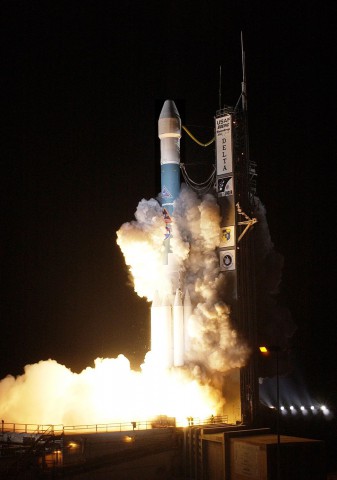
Even though it is located fairly close to Earth, Mercury has remained one of the Solar System’s most mystifying and largely unexplored planets, even after the dawn of the Space Age during the second half of the 20th century. Due to its very close proximity to the Sun, Mercury presents a real observational challenge for astronomers, remaining visible at the night sky only for brief periods of time at dusk and dawn. Its location deep inside the Sun’s gravity well, at an average distance of 58 million kilometers away from our home star, presents a challenge for any visiting spacecraft as well, which have to endure the extreme heat and radiation environment around the planet, where the Sun can be up to 11 times as bright as it appears on Earth. Furthermore, any spacecraft that would approach Mercury on a direct course from Earth would have to carry a prohibitive amount of fuel on board in order to decelerate enough so that it could avoid being drawn toward the Sun by the latter’s immense gravity field. For these reasons, Mercury had only briefly visited by the Mariner 10 spacecraft in the mid-1970s, while returning the first-ever, close-up images of the planet’s scorched surface back on Earth, during a series of three close flybys.
The results of the Mariner 10 mission had shown that Mercury is the planet of the extremes. Despite being the smallest of the terrestrial planets, with a diameter approximately one-third that of Earth, it is nevertheless one of the most massive, with a density of approximately 5.427 g per cubic centimeter—only slightly less than that of our Home Planet. Furthermore, Mercury exhibits the greatest temperature range of all the planets in the Solar System: When it is at its closest distance to the Sun, its day side bakes at a scorchingly hot 430°C, while at the same time the temperatures on its night side can plummet as low as -180°C. Furthermore, Mercury’s surface topography, which greatly resembles that of the Earth’s Moon, as was revealed to the spacecraft’s cameras, hinted at a dead world whose geologic activity had for the most part ceased long ago. Nevertheless, due to its specific trajectory, Mariner 10 was able to image only half of the planet’s surface while offering only tantalising clues as to its fascinating nature and underscoring the need for a more thorough, in-depth study from a follow-up mission.
A new age in the exploration of Mercury began with the launch of NASA’s low-cost, $446 million Discovery-class MESSENGER mission in August 2004, onboard a Delta II rocket. Contrary to the Mariner 10 mission, which had only conducted three brief flybys of Mercury between 1974 and 1975, MESSENGER’s goal was to study the planet extensively from orbit instead. To that end, the spacecraft’s flight path was designed in such a way so as to take advantage of the gravity fields of Earth, Venus, and Mercury, respectively, in order to decelerate enough before it could be captured by latter’s gravity. Like clockwork, the spacecraft, following a 7.9-billion kilometer, seven-year trek through the inner Solar System, which included 15 loops around the Sun, one flyby of Earth, two of Venus, and three of Mercury, finally became the first-ever man-made object to enter into orbit around the fast-moving planet in March 2011, beginning a historic mission of in-depth study of the first rock from the Sun. Ever since that time, MESSENGER has helped to revolutionize our understanding of Mercury, providing new insights about its surface geology, chemical composition, exosphere, and magnetic field, while yielding some unexpected surprises along the way. The huge volumes of data returned by the MESSENGER spacecraft have drawn a new and different picture of the planet, revealing a world which is far from being a dead chunk of rock—proved to be truly distinct and active in its own right instead—while also raising as many questions regarding its fascinating nature and enigmatic origin as it has answered.
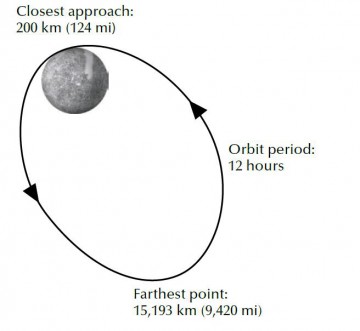
Ever since the Mariner 10 mission, it had been established Mercury’s interior structure was unlike that of the other terrestrial planets. By studying the Mariner 10 data, scientists had calculated that Mercury had a very large core which accounts for approximately 60 percent of the planet’s total mass, surrounded by a silicate mantle and a thin crust. It was previously thought that this large core would have cooled off long ago, leaving behind a frozen relic that would be unable to generate an internal magnetic field. Nevertheless, a series of detailed measurements by MESSENGER, coupled with previous ground-based radar observations, showed that the planet’s magnetic field was caused by an active internal dynamo effect, indicating the presence of a core that was at least partially molten instead and was most probably even bigger than previously thought. “MESSENGER’s measurements indicate that, like Earth, Mercury’s magnetic field is mostly dipolar, which means it has a north and south magnetic poles,” says Brian Anderson, the mission’s Deputy Project Scientist at the Johns Hopkins University Applied Physics Laboratory (APL) in Laurel, Md. “The fact that it is dipolar, and that we did not find the signature shorter-wavelength anomalies that would signify patches of magnetized crust, supports the view that we’re seeing a modern dynamo.” Furthermore, MESSENGER discovered that Mercury’s internal magnetic field is offset by 20 percent north off the planet’s center. The spacecraft’s onboard magnetometer detected that an asymmetry exists in the field’s geometry, with the magnetic lines converging differently in the geographical north pole than in the south, leaving the latter more exposed to the flow of energetic particles from the solar wind. The magnetometer’s results also revealed that even though the strength of Mercury’s magnetic field is just 1 percent that of Earth’s, it nevertheless is strong enough to create a magnetosphere that can trap solar wind particles, creating bursts of energetic plasma particles in its magnetotail, leading scientists to characterise Mercury’s magnetic field as being as active and complex as that of planets like Earth and Jupiter.
The study of the planet’s topography and chemical composition revealed several surprises as well. While the images that Mariner 10 beamed back to Earth revealed a world very similar in appearance to the Moon, MESSENGER showed that Mercury was indeed very different in many regards from the Earth’s natural satellite. Although the surfaces of both planetary bodies show similar geologic features, like impact craters and evidence of past volcanic activity, many others are unique to Mercury. The most striking of these features as revealed by MESSENGER were a series of thousands of strange shallow depressions that were peppered across the planet’s surface and were typically located inside impact craters and surrounded by diffuse halos of bright, highly reflective material. Even though these peculiar depressions, which scientists have named “hollows,” bear some similarity to a series of enigmatic surface features called “irregular mare patches” that are found on the Moon, they remain an enigma to this day. “These hollows were a major surprise,” says David Blewett, a member of the MESSENGER science team at APL. “We’ve been thinking of Mercury as a relic – a place that’s really not changing much anymore, except by impact cratering. But the hollows appear to be younger than the craters in which they are found, and that means Mercury’s surface is still evolving in a surprising way. We’ve never seen anything quite like this on a rocky surface.”
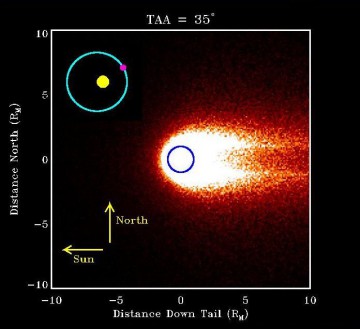
NASA/Johns Hopkins University Applied Physics Laboratory/Carnegie Institution of Washington
One other really surprising discovery to come from the MESSENGER mission involved the chemical composition of Mercury’s surface and extremely thin exosphere. The latter is so tenuous that it is closer to being considered a vacuum than a real atmosphere per se; yet, it is quite active. Constantly replenished by elements that are released from the planet’s surface from volcanic outgassing, micrometeorite impacts, and the constant battering of the solar wind, Mercury’s exosphere was found to be surprisingly rich in hydrogen, helium, oxygen, calcium, sulfur, sodium, potassium, magnesium, water vapor, and other volatile elements that were thought to be absent in the space environment around the planet. In addition, the radiation pressure of the solar wind, coming from the nearby Sun, pushes sodium away from the planet’s surface into its magnetosphere, forming a long comet-like tail that extends for thousands of kilometers into space, which was observed by MESSENGER during its first flyby of the planet in January 2008. “MESSENGER was able to observe Mercury’s exosphere in three areas—the dayside, the day/night line, or terminator, and its 40,000 km sodium tail,” says Dr. William McClintock, a senior research scientist at the University of Colorado and Co-Investigator for the MESSENGER mission. “Atoms of hydrogen, helium, sodium, potassium, and calcium have been seen in the exosphere, and many other elements almost certainly exist there. These atoms are accelerated away from Mercury by solar-radiation pressure and form a long tail of atoms flowing away from the Sun. But their abundances differ depending on whether it’s day or night, effects from the magnetic field and solar wind, and possibly the latitude. Mercury’s exosphere is remarkably active.” These findings contradict established theories regarding the formation of Mercury, which predicted that the planet should have been depleted in volatile elements, forcing scientists to throw them out the window. “Theorists need to go back to the drawing board on Mercury’s formation,” says Larry Nittler, a staff scientist at the Carnegie Institution of Washington’s Department of Terrestrial Magnetism. “Most previous ideas about Mercury’s chemistry are inconsistent with what we have actually measured on the planet’s surface.” “Learning how Mercury formed will have major implications for the rest of the planets,” adds Blewett. “And MESSENGER is showing that, up to now, we’ve been completely wrong about this little world in so many ways!”
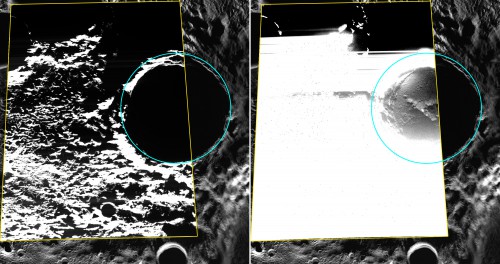
Yet what most probably constitutes the mission’s single greatest scientific result to date was the first direct imaging of the long-hypothesized water ice deposits inside permanently shadowed craters at the planet’s polar regions, whose presence had been previously indicated by ground-based radar observations during the early 1990s and had also been confirmed through indirect measurements by the MESSENGER spacecraft in 2012. More interestingly, these images show evidence that dark, organic-rich material is also covering several of these crater floors, similar to what might also be found on the Moon as well. “One of the big questions we’ve been grappling with is ‘When did Mercury’s water ice deposits show up?’ Are they billions of years old, or were they emplaced only recently?” comments Nancy Chabot, instrument scientist for MESSENGER’s Mercury Dual Imaging System, at APL. “Understanding the age of these deposits has implications for understanding the delivery of water to all the terrestrial planets, including Earth.”
Following the successful conclusion of its primary science operations in March 2012, MESSENGER’s mission was extended two times by NASA in 2012 and 2013, during which time the spacecraft successfully completed the mapping of the planet’s entire globe in high-resolution, while also re-adjusting its highly elliptical orbit around Mercury from 12 to eight hours, as part of a low-altitude imaging campaign to provide scientists with even higher resolution views of the planet’s surface features. Now, more than 10 years in space, MESSENGER is on the final leg of its mission, with its orbit around Mercury slowly decaying, which will ultimately lead the spacecraft to crash on the planet’s surface sometime in March 2015. Ground controllers have managed to prolong the spacecraft’s life throughout its second extended mission, by raising its minimum orbital altitude during a series of orbit-correction maneuvers on June 17, Sep. 12, and Oct. 24, with the help of its four largest onboard monopropellant hydrazine thrusters. These have already used most of the spacecraft’s fuel reserves, leaving barely enough for one final orbit-correction maneuver, which is scheduled for Jan. 21.
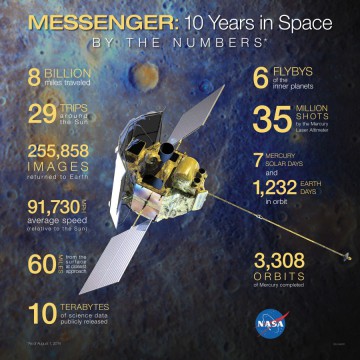
Nevertheless, the mission’s engineering team has devised a way to delay MESSENGER’s inevitable end for a while longer. By utilising the helium gas which was previously used to pressurize the onboard fuel and oxidizer inside the spacecraft’s propulsion system, scientists hope to keep MESSENGER going for as long as a month more, until late April. “MESSENGER has used nearly all of the onboard liquid propellant,” says Dan O’Shaughnessy, member of the mission’s engineering team at APL. “Typically, when this liquid propellant is completely exhausted, a spacecraft can no longer make adjustments to its trajectory. For MESSENGER, this would have meant that we would no longer have been able to delay the inevitable impact with Mercury’s surface. However, gaseous helium was used to pressurize MESSENGER’s propellant tanks, and this gas can be exploited to continue to make small adjustments to the trajectory.” Although less efficient than liquid hydrazine, helium is an effective alternative for adjusting the spacecraft’s trajectory during the last few months of its life, allowing it to collect as much data about Mercury as possible. “During the additional period of operations, up to four weeks, MESSENGER will measure variations in Mercury’s internal magnetic field at shorter horizontal scales than ever before, scales comparable to the anticipated periapsis altitude between 7 km and 15 km above the planetary surface,” says Haje Korth, instrument scientist for MESSENGER’s onboard Magnetometer. “Combining these observations with those obtained earlier in the mission at slightly higher altitudes will allow the depths of the sources of these variations to be determined. In addition, observations by MESSENGER’s Neutron Spectrometer at the lowest altitudes of the mission will allow water ice deposits to be spatially resolved within individual impact craters at high northern latitudes.”
Besides the treasure trove of data that MESSENGER has already collected about Mercury throughout its mission, the spacecraft’s inevitable death plunge itself on the planet’s surface promises to be as much scientifically valuable. Scientists are already conducting a high-resolution imaging campaign of the regions on Mercury around which MESSENGER is expected to crash next spring. By pinpointing the exact impact site, scientists hope to study its surface material before and after MESSENGER’s crash, hopefully revealing new information about the planet’s composition. “One of the interesting aspects of crashing onto Mercury, is that we will expose fresh material, that has not been exposed to space weather processes,” said Sean Solomon, Principal Investigator for MESSENGER at Columbia University in New York, during a recent interview for the Planetary Society. “We have an opportunity to monitor a small impact that is not only fresh, but whose timing is precisely known … And we want to hand those images to the next mission that will visit Mercury a few years from now and say ‘please look in this area, because whatever change you see was a result of the crash of our spacecraft.'”
This next mission will be BepiColombo, a joint ESA/JAXA mission, which is scheduled for launched onboard an Ariane 5 rocket in July 2016. Following its arrival on Mercury in January 2024, BepiColombo, which will consist of two separate orbiters, will build on the previous discoveries by the Mariner 10 and MESSENGER spacecraft. “When you look at the planet in the sky, it looks like a simple point of light,” remarks Dr. Ralph McNutt, Project Scientist for MESSENGER at APL. “But when you experience Mercury close-up through all of MESSENGER’s ‘senses’ seeing it at different wavelengths, feeling its magnetic properties, and touching its surface features and energetic particles, you perceive a complex system and not just a ball of rock and metal.”
If the history of planetary exploration is any indication, BepiColombo is poised to provide its own revolutionary insights about the first rock from the Sun.
A flyover of Mercury’s north pole, captured by MESSENGER in June 2014. The image frames were taken once per second while MESSENGER was at altitudes ranging from 115 to 165 kilometers above the surface. The movie is sped up by a factor of seven for ease of viewing. The images have resolutions ranging from 21 to 45 meters/pixel. Video Credit: NASA/Johns Hopkins University Applied Physics Laboratory/Carnegie Institution of Washington
Below are more images from the MESSENGER mission (Credit for all images, unless otherwise specified: NASA/Johns Hopkins University Applied Physics Laboratory/Carnegie Institution of Washington)
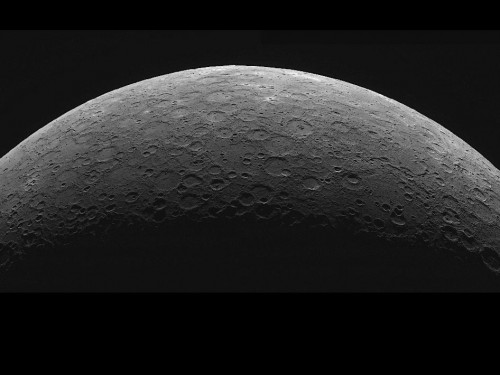
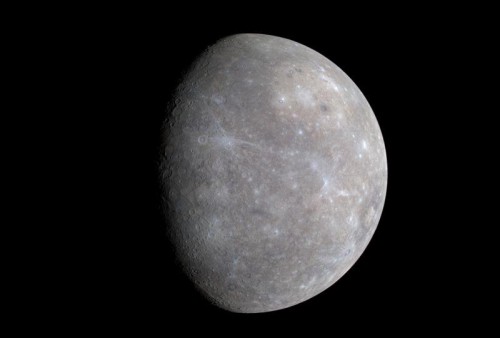

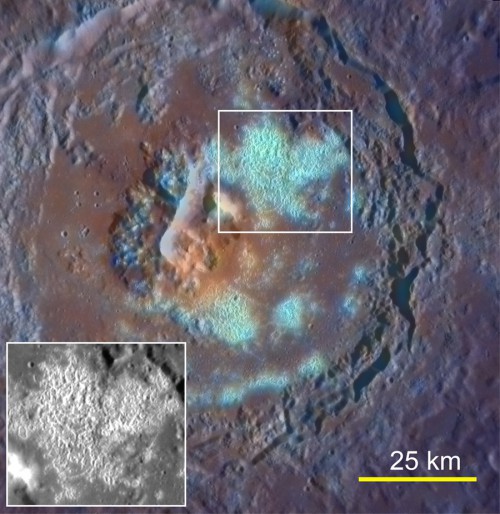
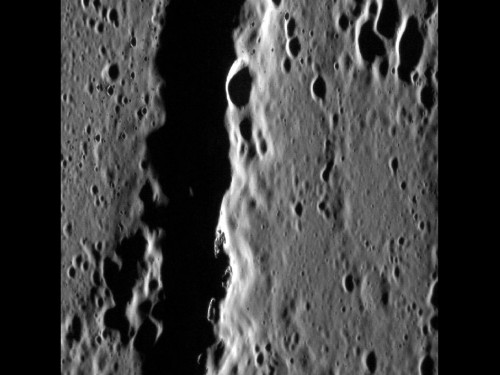
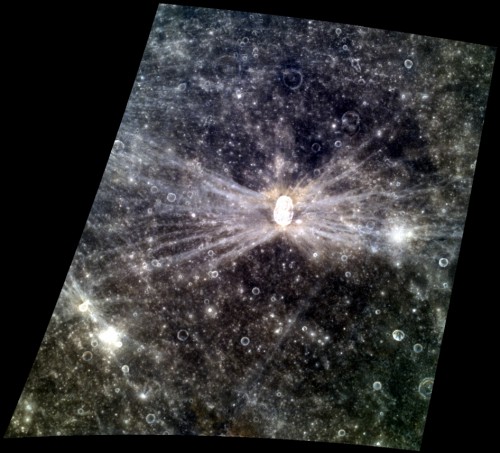
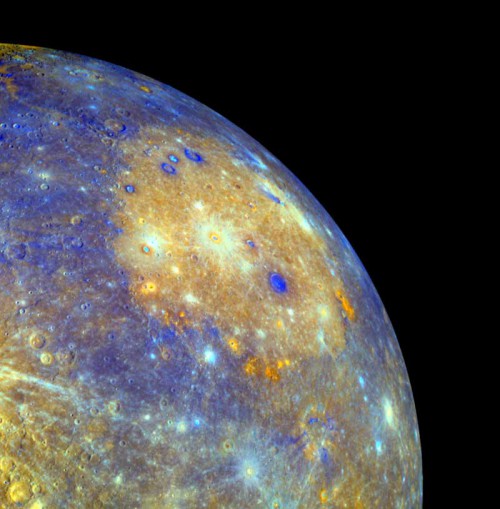
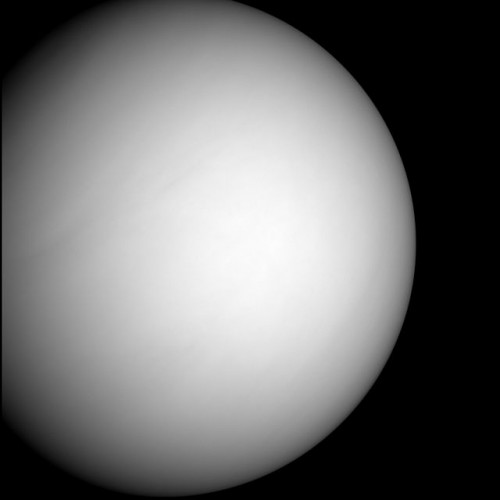
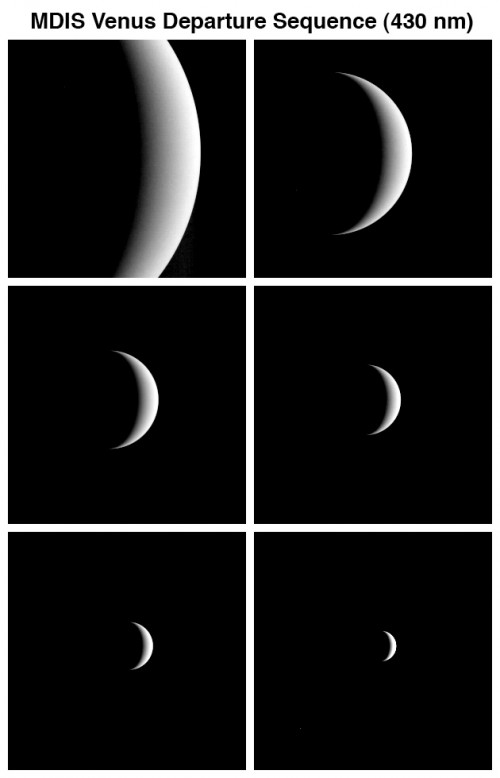
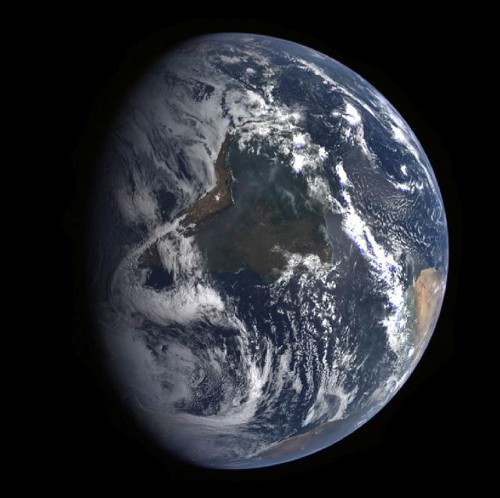
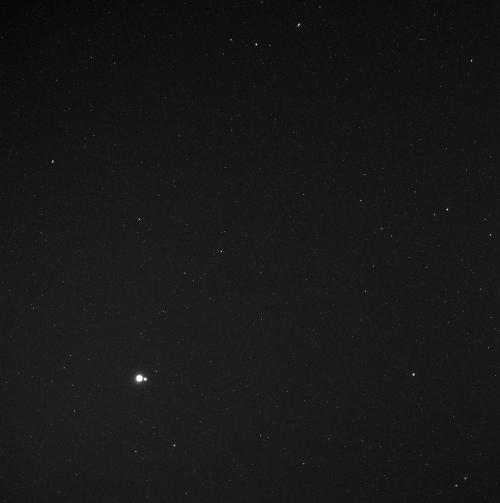
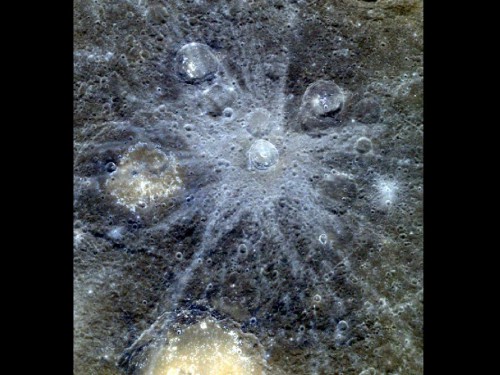
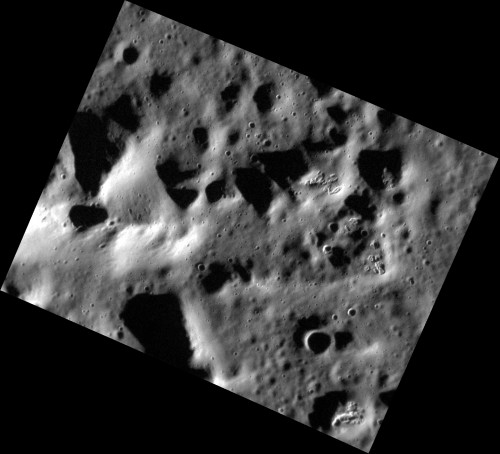
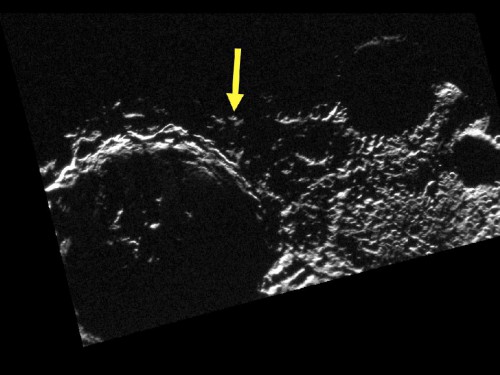
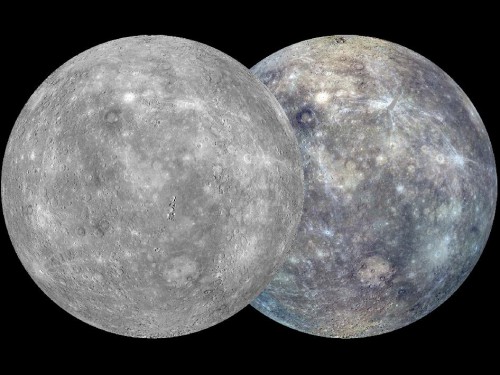
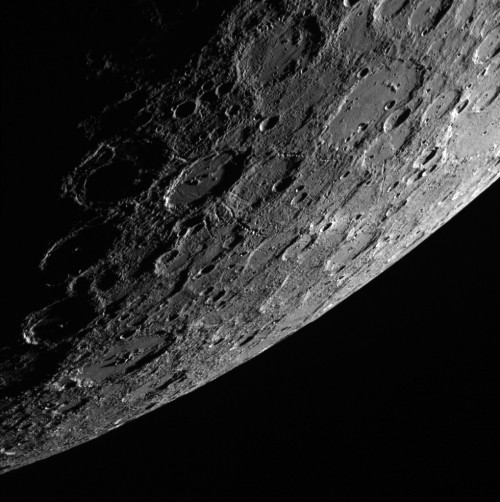
Want to keep up-to-date with all things space? Be sure to “Like” AmericaSpace on Facebook and follow us on Twitter: @AmericaSpace




One Comment
One Ping
Pingback:MESSENGER Mission Nears Its End, Set for April 30th Mercury Impact « AmericaSpace